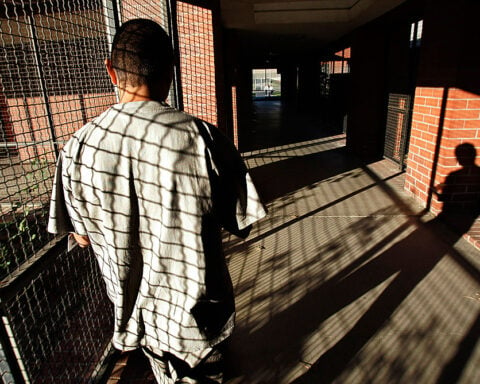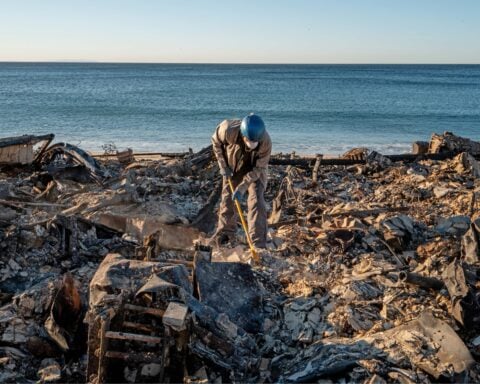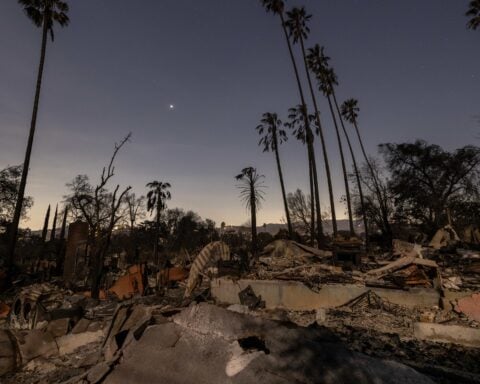Hurricane Beryl is barreling through Texas Monday after devastating parts of Mexico and the Caribbean.
The storm regained hurricane strength over the weekend as it traveled over the Gulf of Mexico. It had previously been downgraded to a tropical storm as it weakened over land.
So what's the difference between a hurricane and a tropical storm? What about a typhoon or a cyclone?
Here is a breakdown of some commonly used weather terms and their definitions, which rely on material from the National Weather Service:
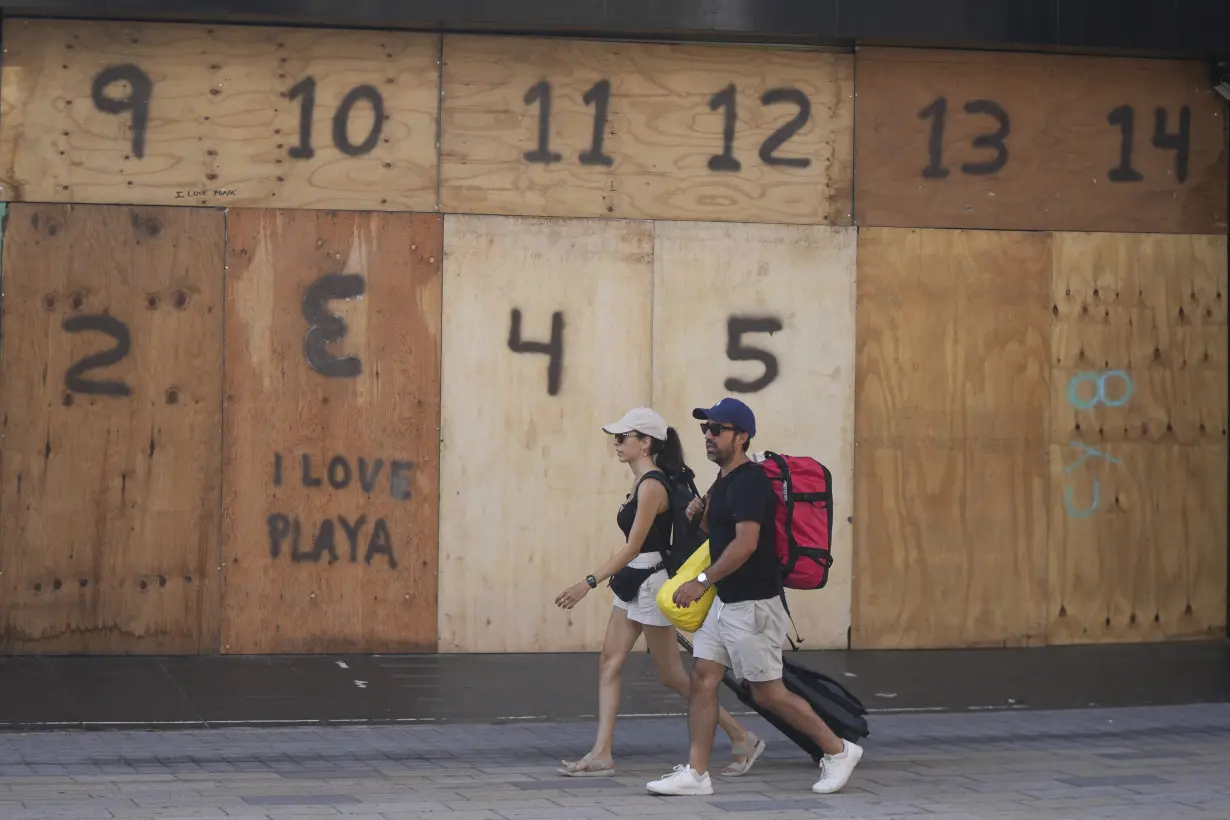
atmospheric river — Long and wide plumes of moisture that form over an ocean and flow through the sky over land.
blizzard — Wind speeds of 35 mph or more and considerable falling and/or blowing of snow with visibility of less than one-quarter mile for three or more hours.
cyclone — A storm with strong winds rotating about a moving center of low atmospheric pressure. The word is sometimes used in the United States to mean tornado and in the Indian Ocean area to mean a tropical cyclone, like a hurricane.

derecho — A widespread and usually fast-moving straight-line windstorm. It is usually more than hundreds of miles long and more than 100 miles across.
El Nino, La Nina — El Nino is a naturally occurring climate phenomenon that starts with unusually warm water in the central and eastern equatorial Pacific and then changes weather worldwide. The flip side of El Nino is La Nina, which is an occasional but natural cooling of the equatorial Pacific that also changes weather worldwide.
hurricane or typhoon — A warm-core tropical cyclone in which the minimum sustained surface wind is 74 mph or more. Hurricanes are spawned in the North Atlantic and central and eastern North Pacific Ocean. Typhoons develop in the northwest Pacific. They are known as cyclones in the Indian Ocean and the South Pacific.
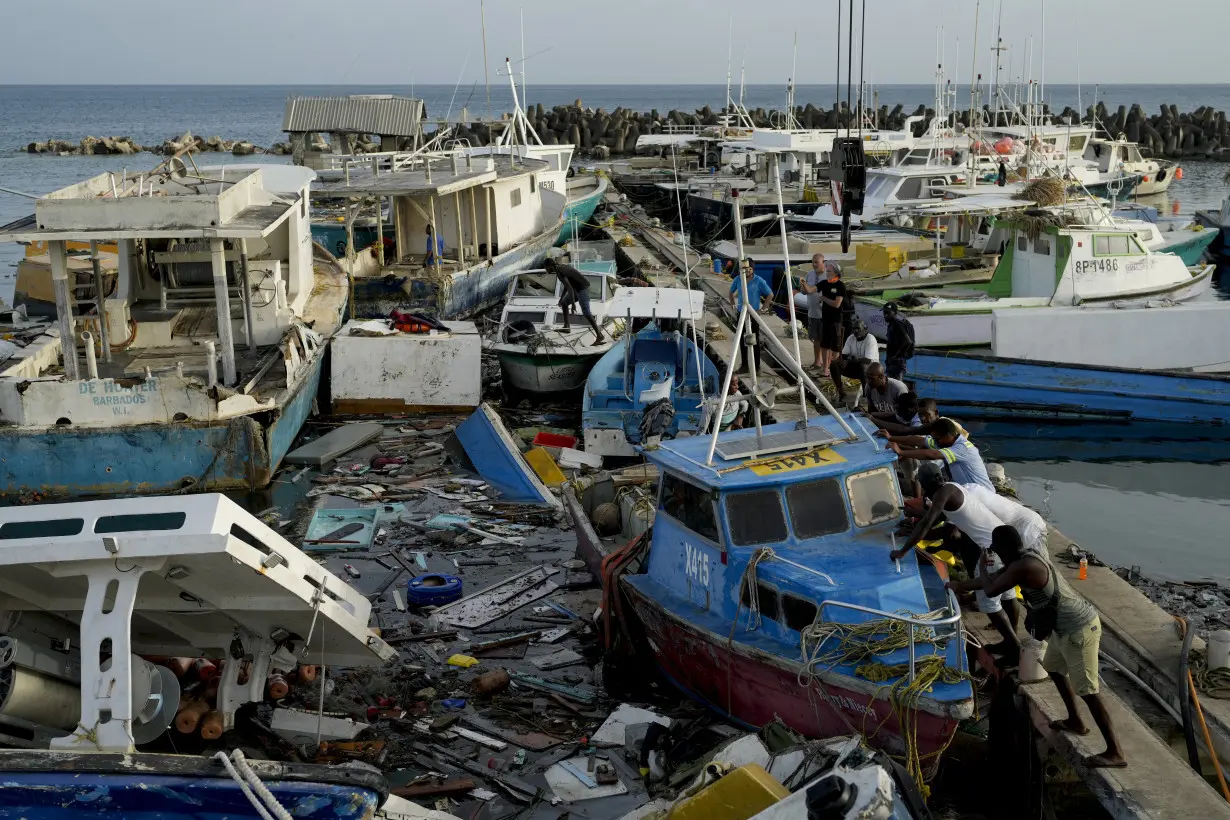
microburst — Occurs when a mass of cooled air rushes downward out of a thunderstorm, hits the ground and rushes outward in all directions.
polar vortex — Usually refers to the gigantic circular upper air weather pattern in the Arctic region, enveloping the North Pole (but it can apply to the South Pole, too). It is a normal pattern that is stronger in the winter and keeps some of the coldest weather bottled up near the North Pole. The jet stream usually pens the polar vortex in and keeps it north. But at times some of the vortex can break off or move south, bringing unusually cold weather south and permitting warmer weather to creep up north.
snow squall — An intense but short-lived period of moderate to heavy snowfall, with strong winds and possible lightning.
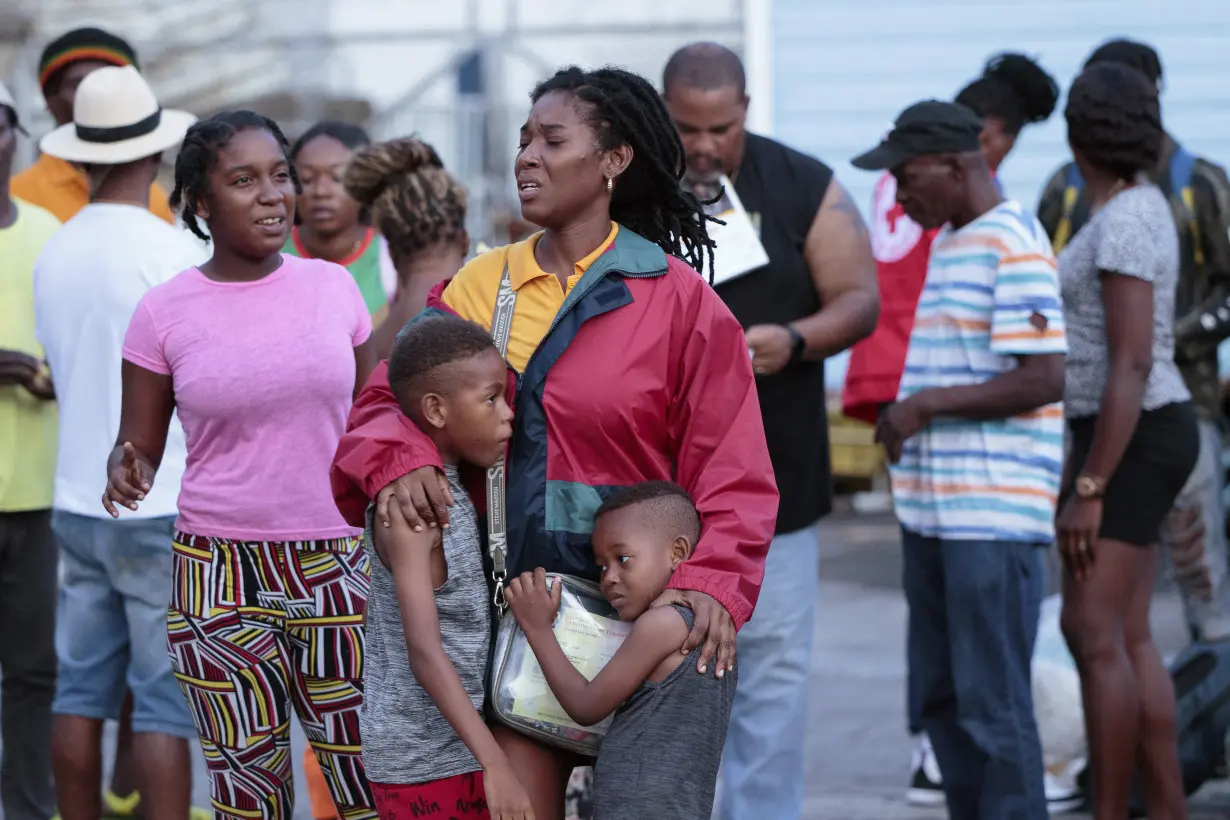
storm surge — An abnormal rise of water above the normal tide, generated by a storm.
tornado — A violent rotating column of air forming a pendant, usually from a cumulonimbus cloud, and touching the ground. On a local scale, it is the most destructive of all atmospheric phenomena. Tornadoes can appear from any direction, but in the U.S. most move from southwest to northeast. Measured on F-scale from EF0 to EF5, which considers 28 different types of damage to structures and trees. An EF2 or higher is considered a significant tornado.
tornado warning — National Weather Service issues to warn public of existing tornado.
tornado watch — Alerts public to possibility of tornado forming.
tropical depression — A tropical cyclone in which the maximum sustained surface wind is 38 mph (33 knots) or less.
tropical storm — A warm-core tropical cyclone in which the maximum sustained surface winds range from 39 to 73 mph (34 to 63 knots).
tsunami — A great sea wave or seismic sea wave caused by an underwater disturbance such as an earthquake, landslide or volcano.
nor’easter — The term used by the National Weather Service for storms that either exit or move north along the East Coast, producing winds blowing from the northeast.
waterspout — A tornado over water.
wind chill factor — A a calculation that describes the combined effect of the wind and cold temperatures on exposed skin.
wind shear — A sudden shift in wind direction and/or speed.
___
This story was originally published on March 15, 2023. It was republished on July 8, 2024.
___
The Associated Press’ climate and environmental coverage receives financial support from multiple private foundations. AP is solely responsible for all content. Find AP’s standards for working with philanthropies, a list of supporters and funded coverage areas at AP.org.

 Italy, Albania, UAE sign deal for energy subsea interconnection
Italy, Albania, UAE sign deal for energy subsea interconnection
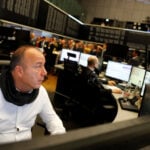 European shares advance as bond yields ease; soft inflation powers UK stocks
European shares advance as bond yields ease; soft inflation powers UK stocks
 Bank Indonesia delivers surprise rate cut to support growth
Bank Indonesia delivers surprise rate cut to support growth
 Novak Djokovic breaks a tie with Roger Federer for the most Grand Slam matches in tennis history
Novak Djokovic breaks a tie with Roger Federer for the most Grand Slam matches in tennis history
 China's RedNote: what you need to know about the app TikTok users are flocking to
China's RedNote: what you need to know about the app TikTok users are flocking to
 British author Neil Gaiman denies ever engaging in non-consensual sex as more accusers come forward
British author Neil Gaiman denies ever engaging in non-consensual sex as more accusers come forward





